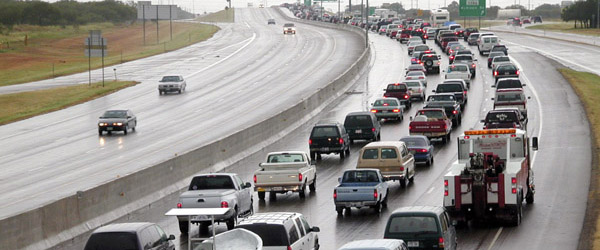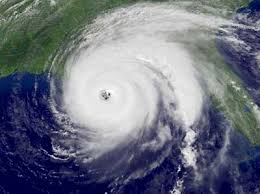When it comes to the topic of crisis management, there is a rhetorical saying made popular by JFK and used by a host of others that claim that the Chinese language defines a crisis with two brush strokes. One brush stroke was said to represent Danger and the other Opportunity. When you actually think about it, the combination of two such diverse words would appear to be quite appropriate.
read more

This page provides employers, responders and recovery workers with emergency preparedness and response guidance and resources that apply to a variety of potential hazards. This page includes information for two audiences: (1) general business employers who need information on preparing for emergencies, and (2) emergency response and recovery workers.
read more

Evacuations are more common than many people realize. Fires and floods cause evacuations most frequently across the U.S. and almost every year, people along coastlines evacuate as hurricanes approach. In addition, hundreds of times a year, transportation and industrial accidents release harmful substances, forcing many people to leave their homes.
read more

When disaster strikes (whether natural or man-made) emergency responders including police, fire, and ambulance are significant components of service in addition to any number of additional support personnel, including but not limited to, transportation officials who also must be readily available to facilitate the evacuation and effective routing of people out-and-away from an impact zone.
read more

Having emergency plans for your business is not an option - they are a necessity. Simply having a fire safety or emergency action plan isn't enough either. A big red binder full of procedures is only the beginning. You need to manage your plans, keep them up-to-date and train your emergency personnel so they know what to do should an emergency occur. It may sound like a daunting task to mainta
read more

This article explores the difficulties in evacuating occupants from high rise fires. This subject has received careful attention, with many international conferences to determine optimum systems and codes that help developers and stake holders to comply with their responsibility towards the tenants occupying high rise buildings. When balancing Economy with Responsibility, greater weight must be gi
read more

Emergencies in high-rise buildings can arise from numerous factors including man-made, weather-related, building system failure, and terrorist acts. In these emergencies, the presence of sprinklers will not control the emergency. These emergencies might require a total or partial building evacuation. But when a tall building has over fifties occupied floors; many questions and concerns have been r
read more

The Emergency Planning and Community Right-to-Know Act of 1986 is a United States federal law passed by the 99th United States Congress located at Title 42, Chapter 116 of the U.S. Code, concerned with emergency response preparedness.
read more

 ARTICLES
ARTICLES  ARTICLES
ARTICLES